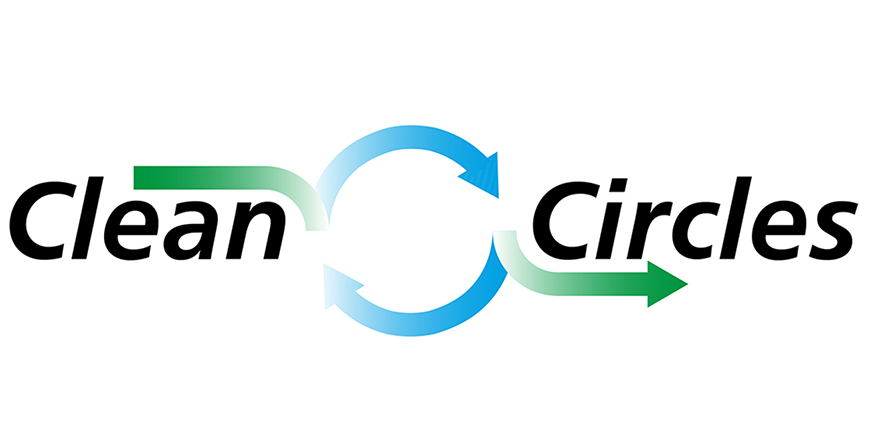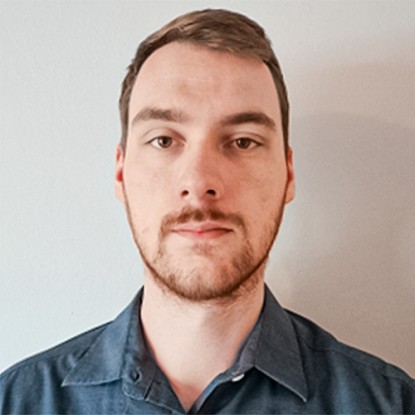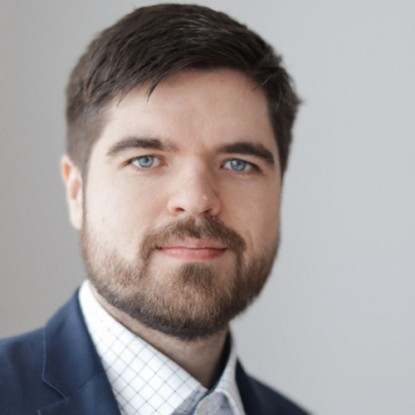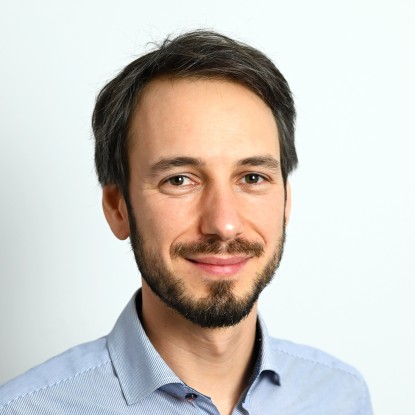In thermo-chemical reduction, porous microparticles of iron oxides are reduced with green hydrogen to pure iron. The thermo-chemical oxidation of the iron particles with oxygen from air to iron oxide represents the complementary process and closes the cycle. For reduction and oxidation, the reactions and their coupling to transport processes must be understood at both the level of individual particles and in the fluidized bed reactor (reduction)/in the flame (oxidation). In these processes mass transfer between the gas phase and iron / iron oxide particles as well as inside the porous particles, and the kinetics of the oxidation / reduction reaction can potentially be rate-determining processes. Kinetics of iron oxidation and iron oxide reduction are strongly influenced by the ambient conditions (temperature, composition of the gas atmosphere) and the particle properties (particle size, porosity, etc.). Furthermore, porous layers of different iron oxides (FeO, Fe3O4, Fe2O3) or (tentatively) less porous layer of iron form on the outer shell significantly influencing mass transport during oxidation and reduction. The dynamics, structure, and influence of these layered (core-shell) structures on the kinetics of oxidation and reduction are insufficiently understood.
This subproject aims to conduct experimental investigations on the phase composition and Fe oxidation states of iron (oxide) microparticles during the redox process under varying conditions, including impurities and dopants. Various X-ray techniques, such as XAS, XRD, and tomography, along with complementary Mössbauer spectroscopy (Kramm) and SAXS (Nirschl), will be used to develop a model for this process. This will be realized for pure iron (oxide) and for iron microparticles doped with other metals (structural/electronic promoters). The obtained data will be correlated with DFT simulations (Studt) and provide data for the development of macrokinetic models (Deutschmann), as well as modelling iron flames (Hasse). The oxidation / reduction model obtained will be further validated and complemented with X-ray spectroscopic imaging (spectroptychography), allowing direct visualization of layers of different phases and direct observation of evolving porosity in these phases. In collaboration with Hussong and Kramm groups, the dissolution behavior in non-aqueous solutions using XANES and EXAFS spectroscopies will be investigated. Additionally, these techniques will help unravel the processes occurring during electrochemical reduction, which will lead to improving the process by suppressing e.g. hydrogen evolution.
Scientific questions and challenges
- Following the structural changes occurring during reduction of iron oxide under different transient conditions and understanding the influence of impurities by QEXAFS and related operando techniques.
- Developing a detailed cored-shell mechanism for the thermochemical reduction-oxidation process by time resolved X-ray spectroscopy and tomography.
- Studying the dissolution behavior of iron oxides in non-aqueous electrolytes using XAS and unravel the processes occurring during electrochemical reduction to improve the process and suppressing side reactions such as hydrogen evolution.






